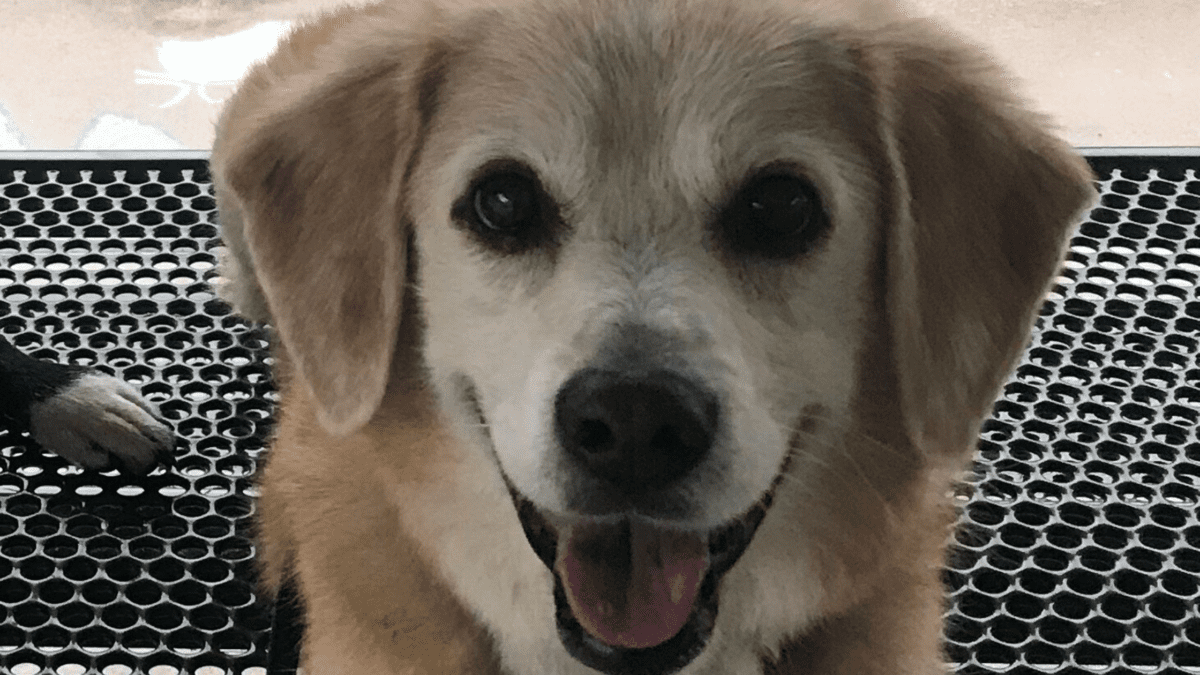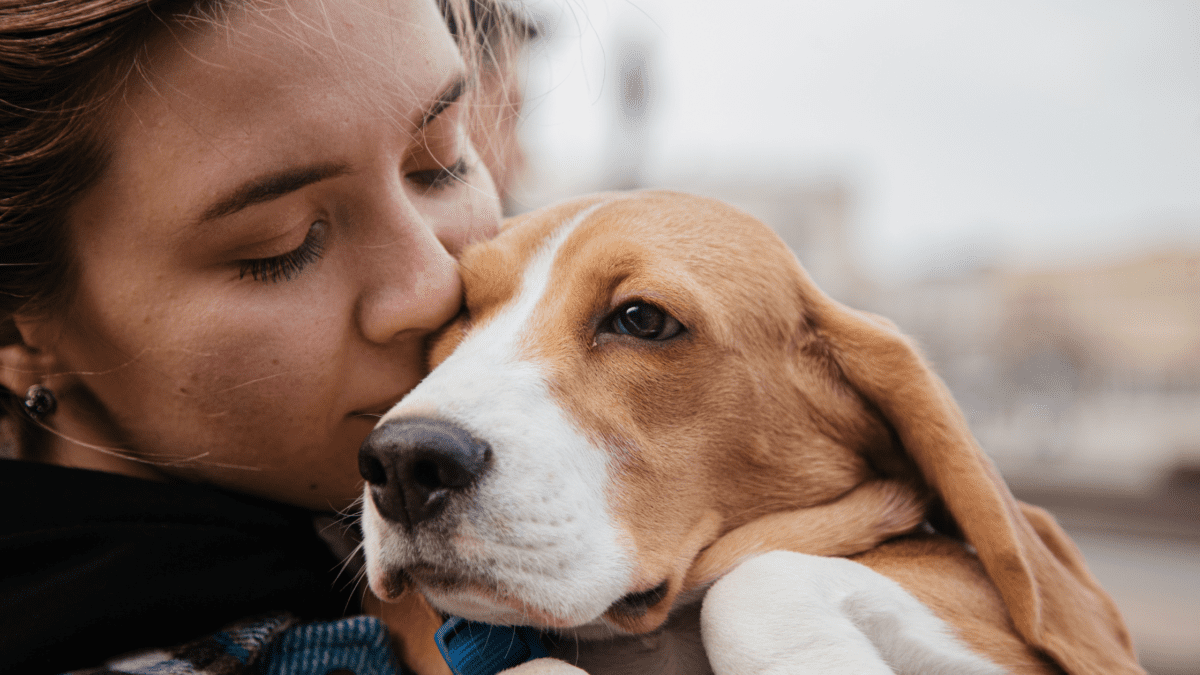As an animal communicator, I have the honor of helping pet owners navigate the emotional and spiritual journey of their beloved companions’ final days. Recently, I had a session with a client and her 16-year-old dog, Woody. Woody’s journey is a reflection of what many senior pets experience—a slow, natural withdrawal from their physical body while still feeling deeply connected to their humans. This session provided valuable insight into how animals perceive their transition and what we can do to support them in their final stage of life.
Woody’s Physical State: A Natural Slowdown
When I tuned into Woody, I immediately sensed a feeling of heaviness in his body. He described a sensation of wanting to tip over, not due to dizziness but because of fatigue and physical decline. This isn’t uncommon for senior dogs, as their muscles weaken and their body starts preparing for the transition ahead.
Woody also showed me a sensation in his throat, as if it were irritated or swollen. He kept swallowing as if trying to clear something. Additionally, I felt a slight tightness in his chest, a feeling similar to a “stitch in the side.” These sensations may indicate age-related discomforts that, while not urgent, are signs of his body slowing down.
Interestingly, Woody directed me to a specific spot in his mouth—lifting his upper left lip and asking, “Did she look here?” This was a reminder of how intuitive animals are about their own bodies. He wanted his owner to check for any issues, reinforcing how important it is for pet owners to stay observant to even small changes in their pet’s health.
Emotional and Spiritual Readiness
Despite his physical state, Woody’s emotional presence was lighthearted and peaceful. When I connected with him, I didn’t feel overwhelming pain or distress. Instead, his energy was content, as if he had just enjoyed a long, fulfilling day and was ready for a nap. This is an important distinction—many pets aren’t afraid of death in the way humans are. Instead, they experience it as a natural part of their journey.
Woody was fully aware of his owner’s concern. He reassured her that he knew she was watching over him and that he wasn’t in distress. His attitude was one of acceptance, not urgency. He essentially communicated: “For now, let’s just let it be, shall we?”
Adjusting Woody’s Care Plan
Through our conversation, I was able to offer Woody’s owner some adjustments to his care that could help make his days more comfortable:
- Gentle Physical Therapy: Woody expressed discomfort with certain manipulations during his therapy sessions. He enjoys passive treatments like cold laser therapy but finds hands-on manipulations to be too much for his aging body. Adjusting his therapy sessions to be more about comfort than mobility might be the best approach moving forward.
- Supportive Touch: Instead of deep pressure massage, Woody responds best to light, slow circles with a flat palm, allowing his body to relax while still benefiting from gentle touch.
- Harness for Mobility: As he becomes weaker, a soft harness with a handle could provide an easier way to help guide Woody without straining his body.
Recognizing When It’s Time
One of the hardest questions pet owners face is knowing when to let go. Woody was clear that, for now, he is still content and enjoying his days. However, he also acknowledged that this is a temporary state. His body is gradually slowing down, and his time is coming—but it’s not quite here yet.
For pet owners, recognizing this phase means watching for changes in their pet’s behavior, energy, and ability to enjoy life. Visit my recent blog, A Final Gift, to see the signs your pet may be nearing end-of-life.
A Peaceful Journey, One Day at a Time
Woody’s session was a beautiful reminder that animals live in the present moment. They don’t dwell on the “what-ifs” like we do. Instead, they take each day as it comes. Woody’s parting message was clear: “I trust you. I know you’re watching over me. For now, let’s just be together.”
For anyone navigating a pet’s end-of-life journey, the most important thing you can do is be present. Offer comfort, observe their needs, and, when the time comes, give them the gift of a peaceful and loving transition.If you’re facing this journey with your own pet, I invite you to download my End-of-Life Guide for compassionate guidance on helping your animal pass with dignity and peace.


